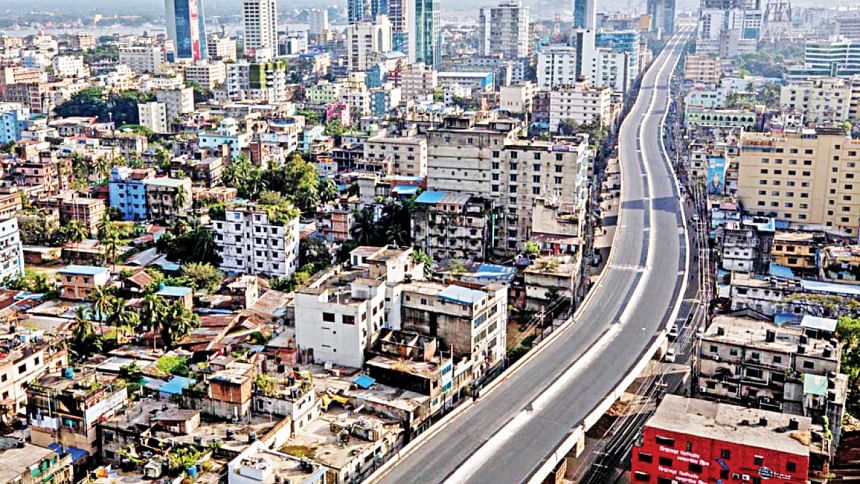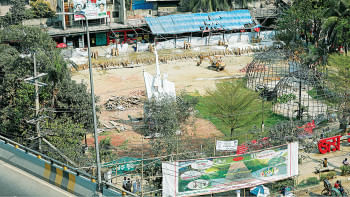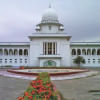Give us back the old Chattogram

Chattogram is the second largest metropolis of Bangladesh. Though it is termed the country's commercial capital, the port city does not have the major features or facilities that a commercial capital in a developing country should have. Meanwhile, its natural elements are gradually being destroyed and rendered lifeless. In fact, Chattogram city is not even equal to Dhaka's Mirpur or Motijheel areas in any aspects, be it educational institutions, healthcare, or other modern amenities.
Chattogram city has thousands of years of political and cultural heritage. But there are essentially no measures in place to preserve heritage. One by one, civic facilities, cultural activities, centuries-old trees, open spaces, and parks are all targeted by money-laundering syndicates in the name of development. What they fail to understand is that rapid development that destroys green nature and open spaces is by no means sustainable, and even causes climate-related disasters.
Unfortunately, neither the Chattogram Development Authority nor any other concerned bodies heed the suggestions of those who are enlightened about Chattogram's facilities, civic services, etc. As a result, most of the development projects undertaken in Chattogram spell public suffering. The political leadership here also seems to be indifferent regarding the sustainable development of Chattogram. Constant waterlogging, public transport woes, poor healthcare, water mismanagement, and sewage mismanagement have gradually made the port city unfit for human habitation. As the centre for children's recreation, there was Chattogram Shishu Park adjacent to the MA Aziz Stadium. But it was closed down last year. Meanwhile, Biplob Udyan, which was the only place in the city for the common people to spend their afternoons at, had shops put up in it a few years ago. And now that those have also been broken down, the plan is to commercialise the park further and build even more structures there.
Now, the hundreds of trees located between the double-decker road from Tigerpass to Kadamtamli, which are to be felled for the construction of the expressway ramp, have been numbered.
Before this, many business centres, housing facilities, and state-of-the-art hospitals have been built by cutting hills. Even the killing grounds from during the War of Liberation were not spared encroachment by a private university. In this way, Chattogram's hills, trees, open grounds, and nature have been and are being destroyed by occupation.
If things continue this way, Chattogram will soon regress from its traditional nature, hilly green-covered human settlements to brick-and-stone nooses. But this is not only the situation of Chattogram residents, but a problem facing the whole country. If concerned authorities cannot ensure the sustainable or balanced development of a city, at least return its former state to residents.
Dr Ala Uddin is a professor of anthropology at Chittagong University. He can be reached at [email protected]
Views expressed in this article are the author's own.
Follow The Daily Star Opinion on Facebook for the latest opinions, commentaries and analyses by experts and professionals. To contribute your article or letter to The Daily Star Opinion, see our guidelines for submission.

 For all latest news, follow The Daily Star's Google News channel.
For all latest news, follow The Daily Star's Google News channel. 









Comments